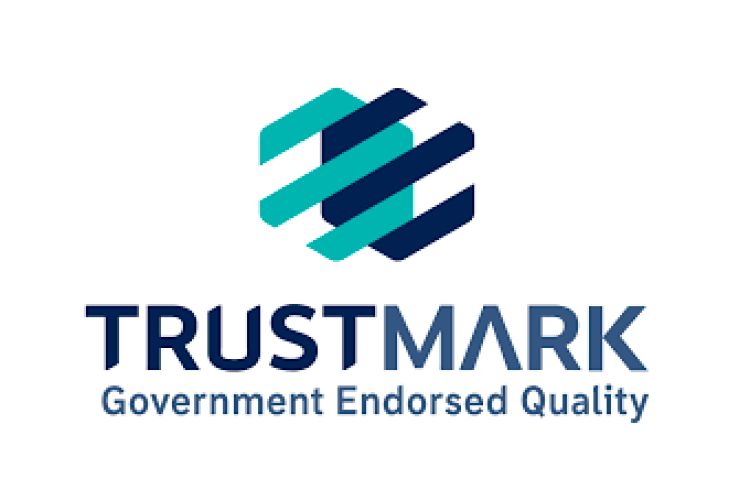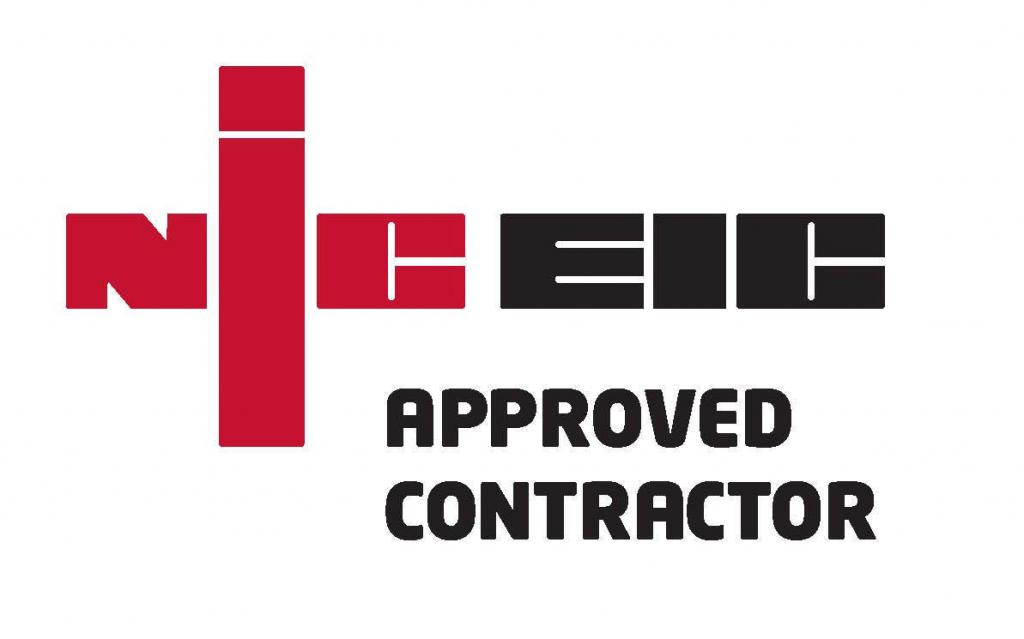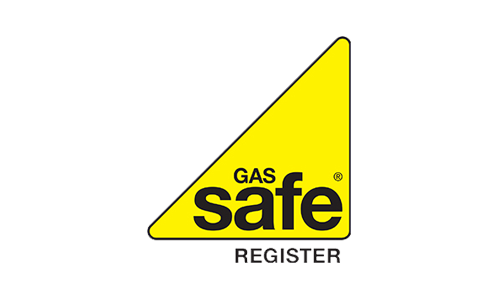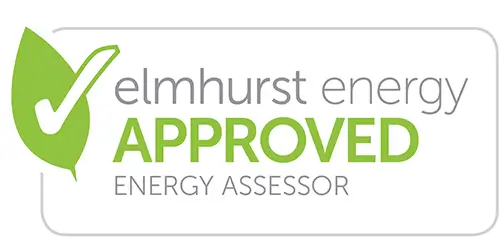An EICR (Electrical Installation Condition Report) is a comprehensive inspection and testing report carried out by a qualified electrician or electrical engineer to assess the condition and safety of a building’s fixed electrical installation. This includes components like the consumer unit (fuse board), wiring, sockets, light fittings, switches, and earthing and bonding arrangements. The main purpose of an EICR is to determine whether the installation is safe to use, complies with the current BS 7671 IET Wiring Regulations, and to highlight any damage, deterioration, or non-compliance that could pose a risk of fire or electric shock. After the inspection, the electrician provides a detailed report, which lists any faults or safety issues. These are coded based on their severity: C1, C2, C3, FI.
Ensuring regular EICRs are carried out not only helps with legal compliance, but also plays a key role in protecting lives and property by identifying faults before they become hazardous. The legal requirement for an EICR depends on the type of property and its use. For rental properties it is a legal requirement every 5 years but for other it is just a recommendation. Bellow is a summary of recommended inspection intervals from BS7671:
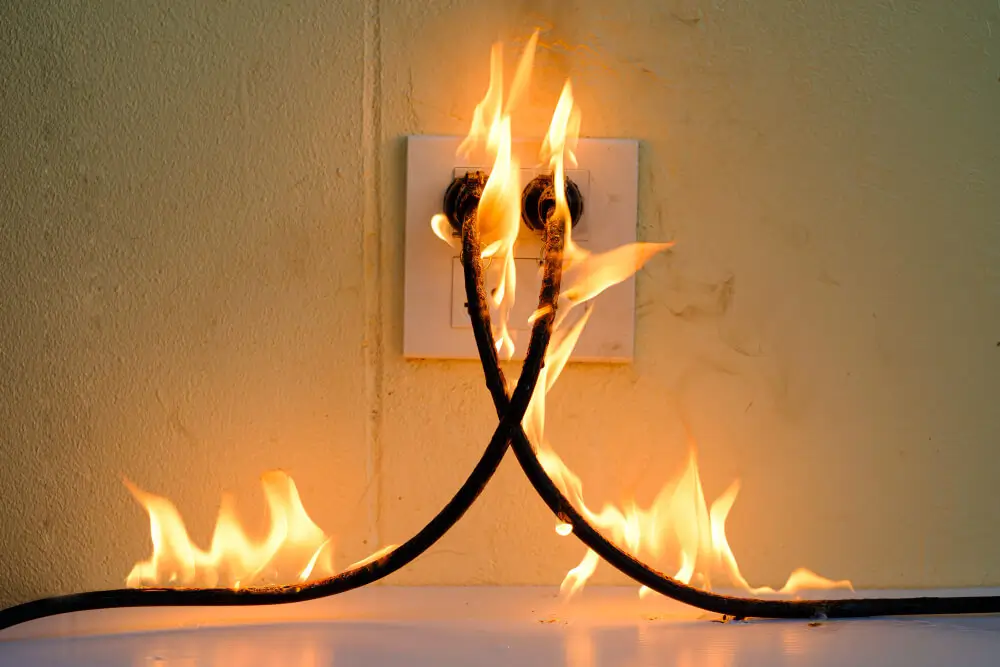

During an EICR, a qualified electrician carries out a detailed inspection and testing of a property’s fixed electrical installation to assess its safety, condition, and compliance with the current regulations (BS 7671). Here’s what typically happens in an EICR:
In England, landlords have a legal obligation to ensure the electrical safety of their rental properties under the Electrical Safety Standards in the Private Rented Sector (England) Regulations 2020. This law requires landlords to arrange for a qualified electrician to carry out an Electrical Installation Condition Report (EICR) at least every five years to assess the condition and safety of the property’s fixed electrical system, such as wiring, sockets, consumer units, and light fittings. A copy of the report must be given to existing tenants within 28 days, to new tenants before they move in, and to the local authority within 7 days upon request.
If the report identifies any Category 1 (C1) or Category 2 (C2) issues — meaning immediate or potential danger — the landlord must ensure these are repaired or made safe within 28 days (or sooner if recommended by the electrician). Written confirmation that the issues have been resolved must then be provided to the tenant and local council. Failure to comply with these regulations can lead to enforcement action and civil penalties of up to £30,000 per breach. These rules apply to nearly all privately rented homes in England, including HMOs (Houses in Multiple Occupation), and are designed to protect tenants from the risk of electric shock, fire, or other hazards.
An Electrical Installation Condition Report (EICR) comprises of coding which describes the severity of fault.
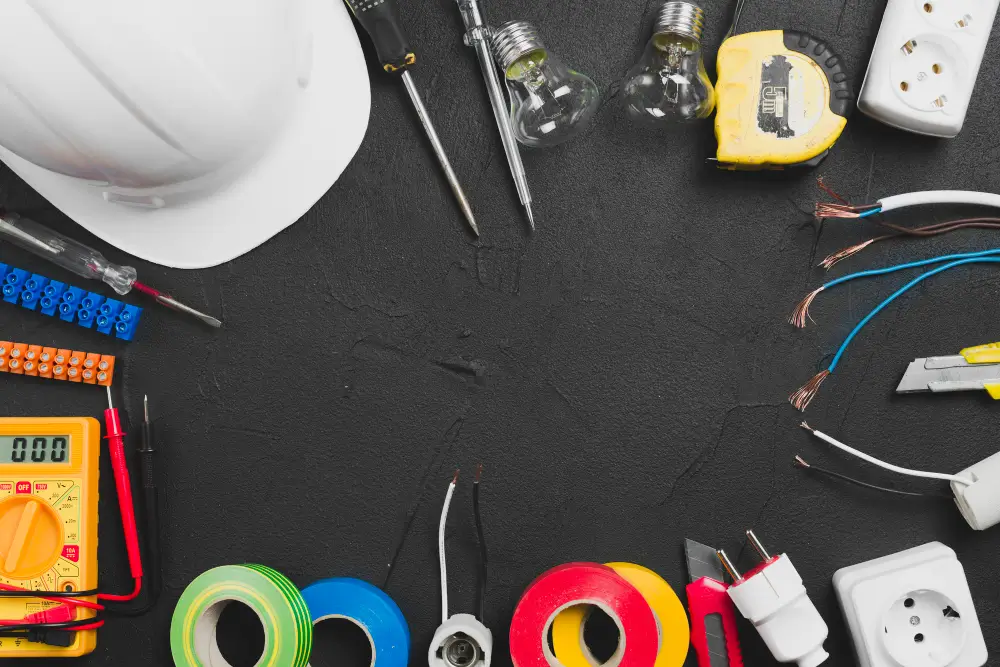
KCS Electrics is a team of qualified electricians and experts, capable in ensuring conformance of your existing electrical system with the latest health and safety regulations. Our electricians are excellent at inspections and testing of every appliance and electrical installation. A comprehensive inspection covering all aspects of safety is done after which an Electrical Installation Condition Report (EICR) is issued.
At KCS Electrics, we handle your inspections to help protect you from potential legal and financial setbacks. Our exceptional services are offered at affordable rates, ensuring full compliance management and giving you peace of mind.

